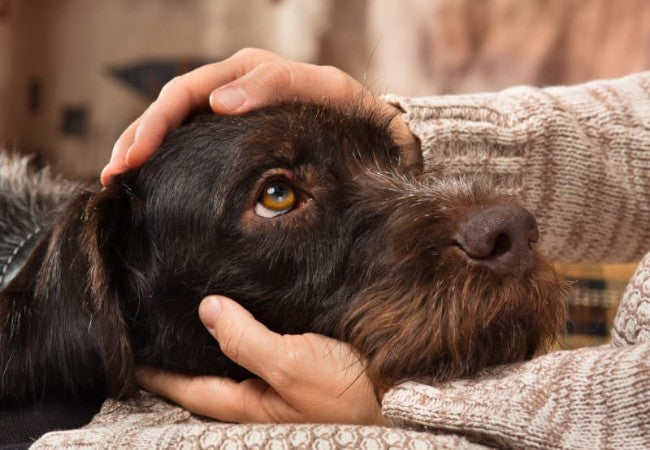Vet Approved Guide: Infectious Canine Hepatitis in Dogs – 2025 Overview of Signs, Treatment & Prevention 🐶🐾

In this article
Vet Approved Guide: Infectious Canine Hepatitis in Dogs – 2025 Overview of Signs, Treatment & Prevention 🐶🐾
By Dr. Duncan Houston BVSc
Infectious canine hepatitis (ICH) is caused by canine adenovirus type 1 (CAV‑1), a contagious DNA virus that attacks the liver, kidneys, eyes, and blood vessels—especially in young and unvaccinated dogs. Though rare in vaccinated pets, outbreaks still occur, making awareness and protective care essential. 🛡️
🔍 How the Virus Works
- Virus enters via mouth or nose, replicates in tonsils → bloodstream (viremia) → targets liver (Kupffer cells), endothelium, kidneys, and spleen.
- Shedding occurs in saliva, urine, feces—environmental viral survival can span months.
- Vaccination with CAV-2 (core vaccine) protects against CAV‑1 while minimizing side effects.
📋 Recognizing Symptoms
- Peracute form: sudden collapse, fever, seizures, DIC—possible death within hours.
- Acute cases: fever, anorexia, vomiting/diarrhea, abdominal pain/distension, swollen lymph nodes, petechiae, bleeding disorders, and non-icteric hepatitis.
- Blue eye: immune complex–mediated corneal edema appearing ~7–10 days post-recovery.
- Signs may include nasal/ocular discharge, cough, conjunctivitis, and renal or CNS effects.
🩺 Diagnosing ICH
- Clinical signs + history of exposure
- Lab: leukopenia, elevated liver enzymes, coagulopathy, proteinuria.
- Confirm via ELISA, PCR, or serology. Postmortem: intranuclear inclusion bodies.
🛠️ Supportive Treatment
- Hospitalization with IV fluids, electrolytes, and nutritional support.
- Plasma or blood transfusions for coagulopathy/DIC cases.
- Antibiotics to guard against secondary bacterial infections.
- Eye ointments for corneal discomfort; avoid steroids if blue eye arises.
📊 Prognosis
- Mortality ranges from ~10–30%, highest in young puppies and severe presentations.
- Many recover fully, though some face chronic kidney or liver damage.
- Over 25% may develop transient corneal cloudiness (“blue eye”) that usually resolves.
🛡️ Prevention & Vaccination
- CAV-2–based vaccines (part of core protocol) effectively prevent CAV-1.
- First dose at ~6–8 weeks, booster in 2–4 weeks, then every 3 years per guidelines.
- Disinfection: virus persists in environment—neutralize with steam or 1–3% bleach solution.
📱 Vet‑Trusted Tools
- Ask A Vet: 24/7 advice for assessing risk, interpreting lab tests, and managing treatment. 🩺
🧭 Final Thoughts
Though now rare in vaccinated dogs, infectious canine hepatitis remains a serious threat in unvaccinated or immunocompromised pets. Prompt recognition, intensive supportive care, and strict vaccination are key to preventing and managing this disease. Stay protected—keep vaccinations up to date and consult your vet immediately if your dog shows concerning signs. 🐾
For expert help and extra reassurance, download the Ask A Vet app today. 📲🐶






